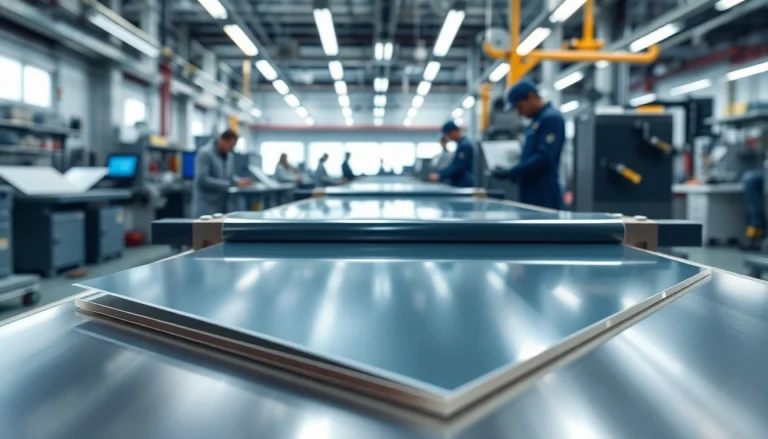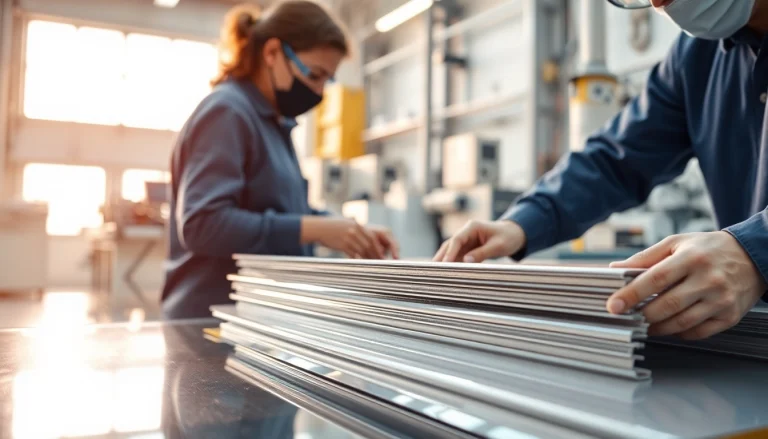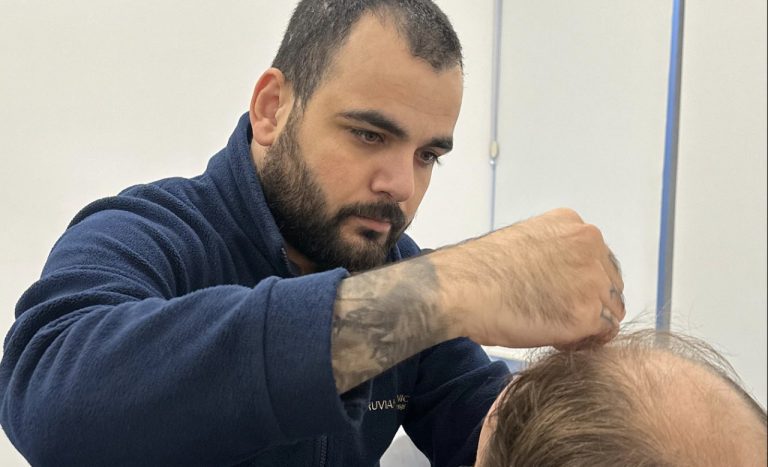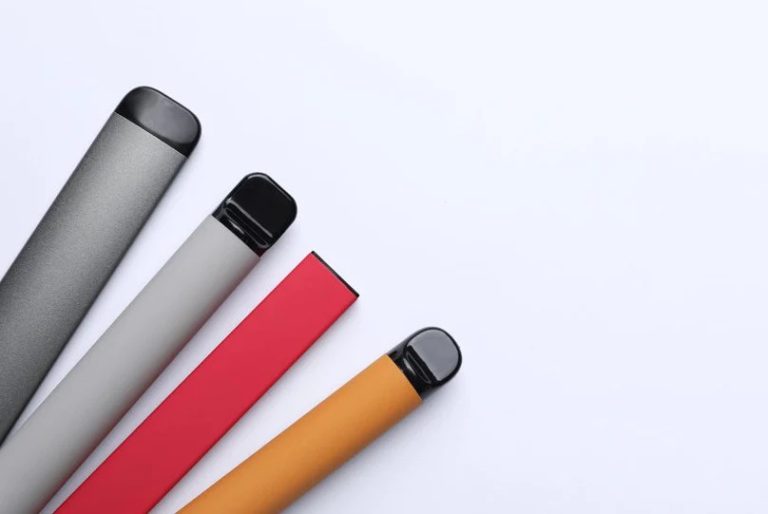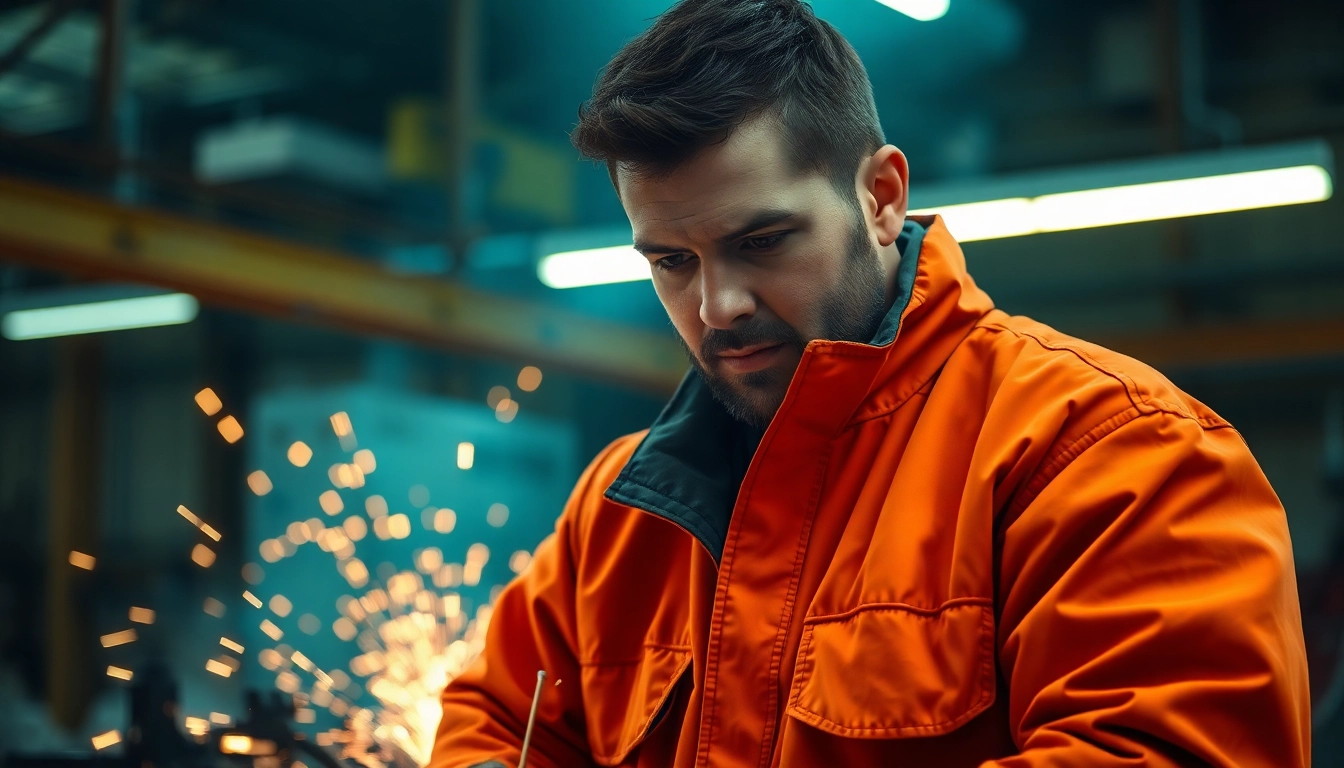
Understanding Welding Jackets
A welding jacket is an essential piece of protective equipment designed for individuals working in welding environments. These jackets protect welders from various hazards associated with welding, including sparks, spatter, heat, and harmful UV rays. As welding involves exposing oneself to extreme temperatures and materials, understanding the various types, benefits, and appropriate uses of welding jackets is crucial for anyone involved in welding tasks, whether professionally or recreationally.
What is a Welding Jacket?
A welding jacket is a type of protective apparel specifically designed for welders. Unlike regular jackets, welding jackets are made from flame-resistant materials. They come in various styles and materials, with the aim of providing maximum protection without compromising comfort and mobility. The jackets typically cover the arms and torso and are designed to shield the wearer from burning debris and heat generated during welding processes.
Different Materials Used in Welding Jackets
Welding jackets can be made from various materials, each offering different levels of protection, comfort, and durability. Understanding these materials is essential in selecting the right welding jacket for specific tasks:
- Cotton: Cotton jackets are often coated with flame-retardant chemicals for added protection. They are breathable and comfortable, making them suitable for lighter welding tasks.
- Leather: Leather welding jackets are known for their durability and resistance to abrasions and cuts. They provide excellent protection against sparks and hot materials but can be heavier than other options.
- WeldX™ and other synthetic materials: These are engineered fabrics designed to offer advanced protection. They often have higher flame resistance and can be lighter in weight compared to leather, making them a popular choice.
Key Benefits of Wearing a Welding Jacket
There are several key benefits to wearing a welding jacket, which include:
- Protection: Welding jackets are designed to protect the wearer from harmful sparks, UV radiation, and extreme heat, significantly reducing the risk of injury.
- Comfort: Many modern welding jackets incorporate breathable fabrics and ergonomic designs that improve comfort during extended periods of use.
- Diverse options: Depending on the type of welding and working conditions, welders can choose from a range of materials, styles, and features that best suit their needs.
- Durability: High-quality welding jackets are made to withstand wear and tear, ensuring long-lasting performance in challenging environments.
Choosing the Right Welding Jacket
Choosing the right welding jacket is crucial for ensuring optimal protection and comfort. The following factors should be considered:
Factors to Consider for Safety Standards
When selecting a welding jacket, it’s essential to consider the safety standards relevant to your work environment. Look for jackets that comply with codes and regulations, such as the American National Standards Institute (ANSI) and the Occupational Safety and Health Administration (OSHA). Key considerations include:
- Flame resistance: Ensure that the fabric has inherent flame-resistant properties or is treated with flame-retardant chemicals.
- Level of protection: Assess the level of risk associated with your welding tasks to select a jacket that offers adequate protection.
- Reflective materials: For those working in low visibility conditions, jackets with reflective strips increase safety by making the wearer more visible.
Size and Fit: Ensuring Comfort and Mobility
Comfort and mobility are critical when choosing a welding jacket. A well-fitting jacket allows for ease of movement while performing welding tasks, reducing fatigue and enhancing safety. Consider these factors:
- Fit: Ensure the jacket fits snugly but is not too tight. Look for adjustable cuffs and waists to customize the fit.
- Length: Jackets typically come in various lengths; longer jackets provide more coverage but may restrict movement. Choose a length that suits your welding style.
- Layering: If you plan to wear layers beneath the jacket, ensure it’s spacious enough to accommodate them without feeling restrictive.
Evaluating Price vs. Quality in Welding Jackets
When considering a welding jacket, it’s important to balance quality and price effectively. Investing in a high-quality jacket may initially be more expensive but can save money in the long run through durability and protection. Consider the following:
- Material Quality: High-quality welding jackets are made from durable, flame-resistant materials that last longer.
- Brand Reputation: Purchasing from well-known brands associated with safety can provide peace of mind.
- Warranty and Return Policy: Check if the jacket comes with a warranty or a return policy in case it does not meet your expectations.
Top Welding Jacket Brands and Products
With numerous brands on the market, it can be challenging to identify which welding jackets provide the best quality and protection. Here are some well-regarded brands and their key offerings:
Popular Brands for Professional Welders
Several brands have established themselves as leaders in manufacturing quality welding jackets. Notable mentions include:
- Lincoln Electric: Known for their high-quality welding garments that cater to professionals with rigorous demands.
- Miller Electric: Offers a range of durable welding jackets designed for various welding applications, including leather and synthetic options.
- Black Stallion: Offers a comprehensive selection of stylish yet functional welding jackets made from flame-resistant cotton and leather.
- Tillman: Renowned for comfortable and long-lasting products, Tillman jackets are popular among welders for their design and utility.
Features of High-Quality Welding Jackets
High-quality welding jackets usually include several important features such as:
- Reinforced seams: To withstand wear and tear, reinforced seams ensure durability.
- Adjustable cuffs and collar: These features enhance fit and comfort through adjustable options.
- Pockets: Convenient pockets allow welders to store tools and personal items securely.
- Ventilation systems: Jackets with ventilation options help wick away moisture and promote airflow for added comfort during use.
Budget-Friendly Welding Jacket Options
For those with budget constraints, several affordable options still provide excellent protection. Consider searching for:
- Discounts on well-known brands during seasonal sales or special promotions.
- Entry-level options that meet essential safety standards without overly specialized features.
- Reputable online stores that offer a range of quality jackets at competitive prices.
Maintenance and Care for Welding Jackets
Proper maintenance and care for a welding jacket can extend its lifespan and ensure it continues to provide adequate protection. Here are essential care tips:
Cleaning and Upkeeping Your Welding Jacket
Even the best welding jacket can deteriorate if it is not cleaned and maintained properly. Follow these guidelines:
- Check the care label for specific cleaning instructions. Some jackets may be machine washable, while others may require hand cleaning or dry cleaning.
- Remove any heavy dirt or grime gently with a damp cloth before washing.
- Avoid using bleach or harsh chemicals that can damage the fabric’s protective properties.
- Ensure the jacket is thoroughly dried after washing to prevent mold or mildew formation.
Signs It’s Time to Replace Your Welding Jacket
Regular inspection of your welding jacket is important to identify when it needs to be replaced. Common signs include:
- Visible burns, tears, or holes, indicating compromised flame resistance.
- Faded colors and loss of fabric integrity over time.
- Excessive wear and thinning of the material.
Storing Your Welding Jacket to Extend Its Life
Proper storage also plays a significant role in extending the life of a welding jacket. Consider the following tips:
- Store the jacket in a dry, cool place away from direct sunlight to prevent fading and deterioration.
- Avoid hanging the jacket on sharp objects or areas that could risk snagging the fabric.
- If possible, keep the jacket in a breathable garment bag to protect it from dust and environmental elements.
Frequently Asked Questions About Welding Jackets
Below are some common questions people have regarding welding jackets:
What Type of Welding Jacket is Best for Beginners?
For beginners, a lightweight cotton welding jacket that is flame-resistant offers a great starting point. These jackets typically provide decent heat protection without being overly bulky, facilitating comfort while learning to weld.
Can You Use a Regular Jacket for Welding?
Using a regular jacket for welding is not recommended as it may not provide adequate protection from heat, sparks, and molten metal. A proper welding jacket is designed specifically for safety in welding environments.
How to Ensure Flame Resistance in Your Welding Jacket
To ensure flame resistance, check the labeling for compliance with relevant safety standards. Additionally, performing routine inspections for visible damage can help maintain the effectiveness of flame-resistant materials.

